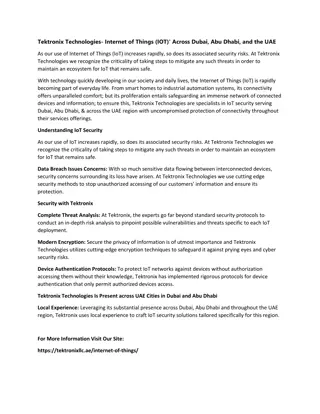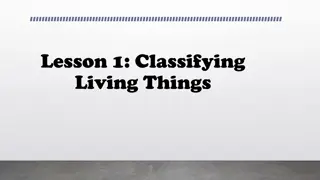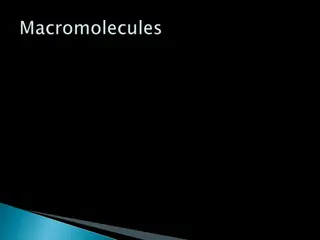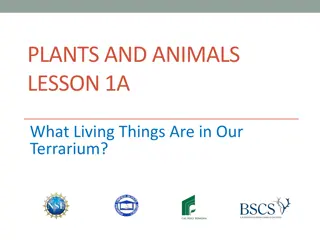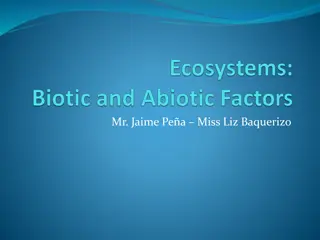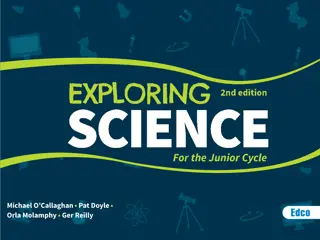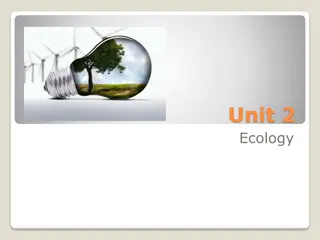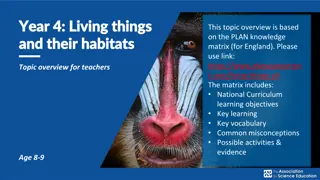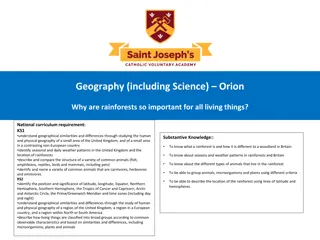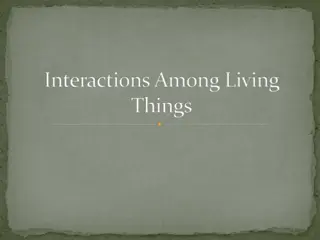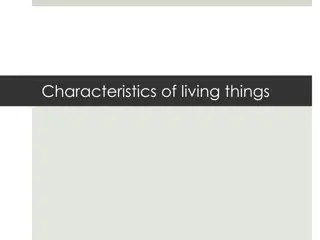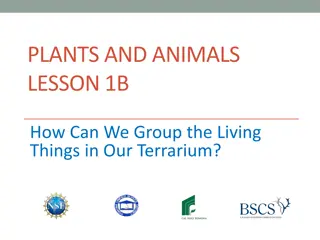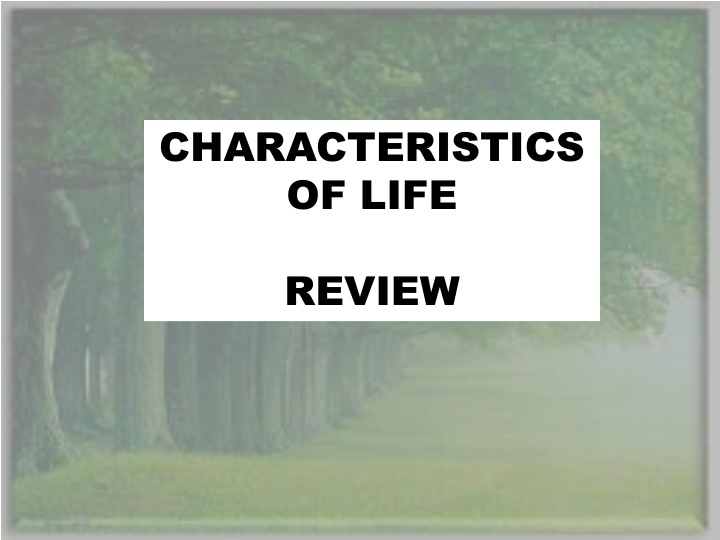
Exploring Characteristics of Life in Multiple Choice Questions
This collection of multiple-choice questions delves into key concepts related to the characteristics of life, including topics such as lifespan, natural selection, mutations, and evolution. Test your knowledge and understanding of these fundamental principles in biology through these thought-provoking questions.
Uploaded on | 0 Views
Download Presentation

Please find below an Image/Link to download the presentation.
The content on the website is provided AS IS for your information and personal use only. It may not be sold, licensed, or shared on other websites without obtaining consent from the author. If you encounter any issues during the download, it is possible that the publisher has removed the file from their server.
You are allowed to download the files provided on this website for personal or commercial use, subject to the condition that they are used lawfully. All files are the property of their respective owners.
The content on the website is provided AS IS for your information and personal use only. It may not be sold, licensed, or shared on other websites without obtaining consent from the author.
E N D
Presentation Transcript
CHARACTERISTICS OF LIFE REVIEW
1. The average amount of time an organism lives is known as: a. Birth rate b. Mortality Rate c. Life Span d. Homeostasis
1. The average amount of time an organism lives is known as: a. Birth rate b. Mortality Rate c. Life Span d. Homeostasis
2. Which of the following IS NOT an example of NATURAL SELECTION? a. The parrot sings a mating song to attract its mate in a ritual that has been developed over years. b. Modern day sharks have the ability to catch prey faster due to more slender builds than their ancestors. c. Chameleons have acquired the trait to camouflage their skin to hide from predators through genetic mutations. d.The basketball player works with a Parisi fitness trainer to get faster and stronger.
2. Which of the following IS NOT an example of NATURAL SELECTION? a. The parrot sings a mating song to attract its mate in a ritual that has been developed over years. b. Modern day sharks have the ability to catch prey faster due to more slender builds than their ancestors. c. Chameleons have acquired the trait to camouflage their skin to hide from predators through genetic mutations. d.The basketball player works with a Parisi fitness trainer to get faster and stronger.
3. A mutation is: a. A change in DNA b. A change in ATP c. A change in species over time d. An adaptation of species over time.
3. A mutation is: a. A change in DNA b. A change in ATP c. A change in species over time d. An adaptation of species over time.
4. Evolution is: a. A change in DNA b. A change in ATP c. A change in species over time d. An adaptation of species over time.
4. Evolution is: a. A change in DNA b. A change in ATP c. A change in species over time d. An adaptation of species over time.
_________ 1. Non-living things do not have all the 8 characteristics like living things.
__True___ 1. Non-living things do not have all the 8 characteristics like living things.
_________ 2. Atoms, molecules and electrons are the basic ways living and non-living things are alike.
__TRUE___ 2. Atoms, molecules and electrons are the basic ways living and non-living things are alike.
_________ 4. An individual must sexually reproduce for its own survival
_False___ 4. An individual must sexually reproduce for its own survival
_________ 5. There are different types of cells that perform specific functions as parts of different tissues and organs.
__TRUE___ 5. There are different types of cells that perform specific functions as parts of different tissues and organs.
_________ 6. NOT all living things are composed of one or more cells and undergo cellular respiration.
_FALSE___ 6. NOT all living things are composed of one or more cells and undergo cellular respiration.
_________ 7. When metabolism stops, an organism cannot perform life processes and can die.
___TRUE__ 7. When metabolism stops, an organism cannot perform life processes and can die.
_________ 8. Organisms in the same genus share more characteristics than those that share the same phylum.
__TRUE___ 8. Organisms in the same genus share more characteristics than those that share the same phylum.
_________ 9. Heterotrophs, like plants, make their own food.
__FALSE__ 9. Heterotrophs, like plants, make their own food.
_________10. The process in which plants convert sunlight into food energy is photosynthesis.
__TRUE___10. The process in which plants convert sunlight into food energy is photosynthesis.
1. The process ALL organisms undergo that converts glucose to usable energy (ATP) is ___________________________ .
1. The process ALL organisms undergo that converts glucose to usable energy (ATP) is _cellular respiration_____.
Life processes include ___________________________ _______________________________________ (name at least 3) and others.
2. Life processes include _growth, reproduction, movement, digestion, transport, _______________ (name at least 3) and others.
3. The degree of growth and development depends upon _________________ and _________________________________.
3. The degree of growth and development depends upon the species___ and __how it uses available energy___________.
4. Synthesis and usage are metabolic processes that require ___________ .
4. Synthesis and usage are metabolic processes that require __energy in the form of ATP_________ .
6. There is high genetic variability between parents and offspring in ____________ reproduction.
6. There is high genetic variability between parents and offspring in __sexual___ reproduction.
7. A group of organisms that can interbreed and produce viable fertile offspring is a ________________.
7. A group of organisms that can interbreed and produce viable fertile offspring is a ____species_____.
8. Identifying, naming and classifying organisms into groups based on biological similarities is ______________________ .
8. Identifying, naming and classifying organisms into groups based on biological similarities is _____Taxonomy_________ .
9. All organisms are assigned their scientific name by their ________ and _________ name.
9. All organisms are assigned their scientific name by their _genus__ and _species_ name.
10. Maintenance of a stable internal environment is called _________________________.


